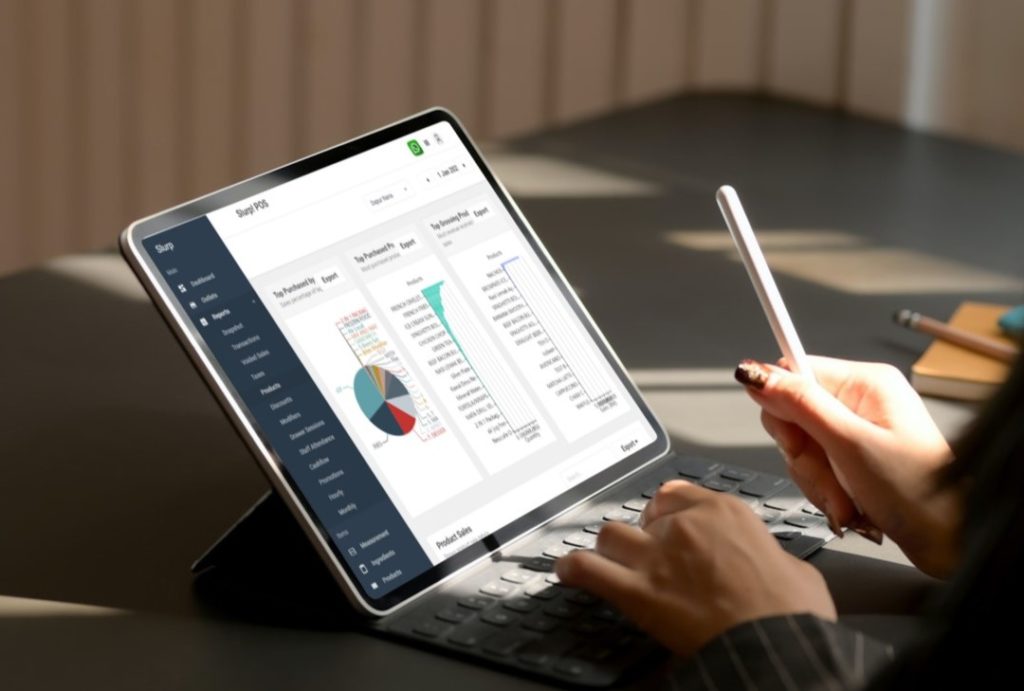In the bustling restaurant business, menu is the primary tool used by customers to navigate a wide range of food selections. But did you know that every item on your menu has a significant impact on how profitable your business is? The secret method underlying each dish’s deliberate placement between menu categories with the goal of increasing sales and profits is menu engineering’s beauty. Come along as we explore menu engineering, particularly as it connects with menu categories, and how it may offer your business a competitive advantage.
How Does Menu Engineering Work?
A restaurant can maximize profits by using a method called Menu Engineering. To determine which meals are the most popular and profitable, this strategy requires examining sales data from your menu, the price of each dish, and the preferences of your customers. Making strategic decisions regarding pricing and how to market these foods can be aided by this strategy.
Menu Engineering is a tough process, but it has applications for many kinds of restaurants. If every factor is properly taken into account, you may provide your customers with an appealing menu while also making a profit indirectly. By emphasizing unique elements of your restaurant’s menu, you may use this to stay relevant in the food service industry.
How To Begin Menu Engineering
#1 The initial stage in Menu Engineering is to collect information on your menu, the pricing of your meals, and your customers’ food preferences.
In what way is this data gathered?
- This information may be obtained if you utilize a POS system. Your data based on menu items sold is provided via POS systems. Similar to Slurp! POS, you may view the top-selling meals and the highest-selling dishes.
- If you do not use a POS system, you can collect data from your employees or servers because they are the front-line staff who deal with customers and are more informed about customer preferences and menu items that are commonly ordered.
- You can also view comments or reviews about your restaurant on Yelp or Google review. This allows you to find out which menu items customers purchase most often, which meals get great feedback, and which dishes aren’t as pleasing or need to be improved.

#2 Once the data is gathered, you can use it to divide your menu items into these four categories according to how profitable and well-liked they are. Using the diagram below as a guide,

- ☕Coffee: This category refers to very profitable and popular dishes. This is a reference to menu items that are in high demand and generate outstanding revenues for your restaurant. As a result, items in this category should be regularly promoted and marketed. You may draw attention to them with your menu through placing them in the center portion where clients will notice them first, as well as by using eye-catching menu photos.
- 🍰Cake: These are meals which generate a lot of money but aren’t as well-liked or easy to sell. To boost sales and maximize profitability, you might need to think about offering significant discounts or promotions or changing the price of certain meals.
- 🍪Cookies: Although these dishes are popular among customers, they don’t bring in money for you. Even though some of these meals might not be profitable, you shouldn’t take them off the menu since they might turn away consumers. Instead, you may need to discover methods to cut the cost of these meals by incorporating cheaper ingredients into your menu without reducing the amount or size.
- 🍲 Veggie Soup: These are less popular and less profitable meals. It is advised that you take these foods off your menu list.
Once the menu items have been sorted, you should utilize this data to decide the best way to set prices and promote your menu. One strategy may be to list the best-selling meals first on the menu or arrange them so that customers can see them easily. To entice or promote customers to make orders, you may also consider implementing discounts or the newest deals based on the Cake and Coffee categories.

3 Things To Think About For Your Menu
When designing your menu, there are a number of factors to take into account besides appeal and financial success.
- Raw material cost
Particularly when considering the profitability of each meal, the price of each item on the menu is quite important. This is because there are additional costs to take into account in addition to the price of raw materials. Here, we discuss how to determine food costs and prices. - Target market
If you run a restaurant, you have to display your menu in an appealing and orderly manner in order to be appealing to your target customer. For example, if your restaurant serves families, you might offer a children’s menu. - Trend
You’ll notice that shifting consumer demand is frequently a result of emerging food trends. Food that follows these patterns usually rises swiftly and is in high demand. This page contains examples of current trends in foods.
To sum up, Menu Engineering is a complicated process, but it has a lot of advantages for food and beverage companies. Numerous elements must be taken into account, particularly in relation to customer happiness and the profitability of your business. You may also somewhat improve your menu and menu data by utilizing a POS system. Let’s take advantage of Slurp! POS. 🤗




